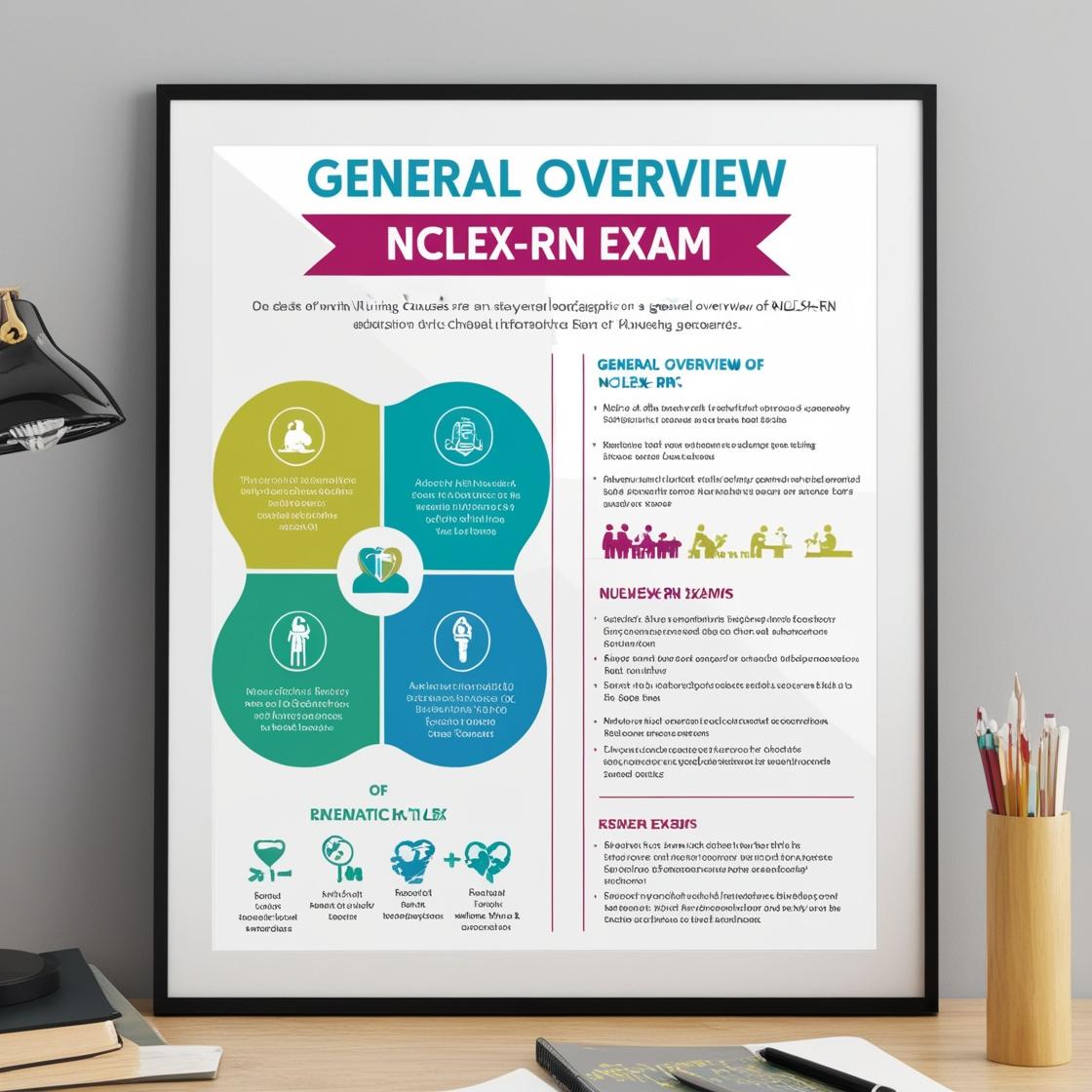NCLEX-RN
NCLEX Psychosocial Questions
1. When doing an admission assessment for a patient, the nurse notices that the patient pauses before answering questions about the health history. Which action by the nurse is most appropriate?
- A. Interview a family member instead.
- B. Wait for the patient to answer the questions.
- C. Remind the patient that you have other patients who need care.
- D. Give the patient an assessment form listing the questions and a pen.
Correct answer: B
Rationale: When a patient pauses before answering questions about their health history, it is important for the nurse to be patient and wait for the patient to answer the questions. Patients from different cultures may take time to consider a question carefully before responding. By waiting patiently, the nurse shows respect for the patient's pace and helps foster a trusting relationship. Asking a family member to answer instead may not provide accurate information from the patient themselves. Reminding the patient about other patients needing care could make the patient feel rushed or unimportant. Giving the patient an assessment form and pen does not address the underlying reason for the pause and may come across as dismissive of the patient's need for time to respond thoughtfully.
2. What psychodynamic process is suggested by a client calling the emergency department during a suicide attempt?
- A. A cry for help
- B. A need for attention
- C. Ambivalence about dying
- D. An inability to stick to a decision
Correct answer: C
Rationale: The correct answer is 'Ambivalence about dying.' When a client calls the emergency department during a suicide attempt, it suggests conflicting feelings about living and dying. This act can indicate an unconscious desire to be stopped from dying, showing ambivalence between the wish to die and the wish to live. It is not primarily a cry for attention or a need to punish others. The client's intention of suicide alongside seeking help demonstrates the struggle between life and death, making ambivalence the key psychodynamic process at play.
3. After a mastectomy or a hysterectomy, a client may feel incomplete as a woman. Which statement would alert the nurse to this feeling in a client who has undergone a total hysterectomy?
- A. "I don't know who can help me during my recovery."
- B. "I feel washed out; there isn't much left."
- C. "I'm scared about the pain in recovery."
- D. "I can't wait to get home; I so want to see my grandchild."
Correct answer: B
Rationale: The correct answer is "I feel washed out; there isn't much left." This statement suggests a feeling of emptiness or incompleteness after the surgical procedure. Concern about who can assist during recovery, fear of pain, or excitement to go home and see a grandchild are not indicative of feeling incomplete as a woman after a hysterectomy. These other statements focus on practical concerns, physical discomfort, and positive emotions, respectively.
4. A woman who had a mastectomy is scheduled for a mastectomy peer support visit arranged by her primary health care provider. What is the purpose of the referral?
- A. To teach arm exercises
- B. To prevent social isolation
- C. To meet her physical needs
- D. To view her surgical incision
Correct answer: B
Rationale: The purpose of a mastectomy peer support visit is to prevent social isolation. This visit helps the client maintain her social connections and learn about community resources. Teaching arm exercises and meeting physical needs are tasks for healthcare professionals, not the primary goal of a peer support visit. Viewing the surgical incision is also not the primary purpose of such a visit.
5. After a client has a spontaneous abortion at 12 weeks' gestation, the nurse notes that both she and her partner are visibly upset and crying. Which statement would be a therapeutic response?
- A. 'I'll be here if you want to talk.''
- B. 'Try to relax"?it'll speed up the healing process.''
- C. 'With any luck, you'll get pregnant again soon.''
- D. 'It's best that this happened early rather than having the baby die after it was born.''
Correct answer: A
Rationale: A therapeutic response in this situation is to offer support and empathy. Saying, 'I'll be here if you want to talk' gives the client and her partner the opportunity to express their emotions and seek comfort. It acknowledges their distress and assures them of the nurse's availability. Choice B, advising to relax to speed up the healing process, dismisses their current emotions and may hinder open communication. Choice C, suggesting getting pregnant again soon, minimizes their grief over the loss and may not be what the couple needs to hear at that moment. Choice D, stating it's best that the miscarriage happened early, is insensitive as it invalidates the couple's feelings of loss and grief. Grieving is a natural process, and the timing of the loss does not diminish its significance.
Similar Questions

Access More Features
NCLEX RN Basic
$69.99/ 30 days
- 5,000 Questions with answers
- Comprehensive NCLEX coverage
- 30 days access @ $69.99
NCLEX RN Premium
$149.99/ 90 days
- 5,000 Questions with answers
- Comprehensive NCLEX coverage
- 30 days access @ $149.99
